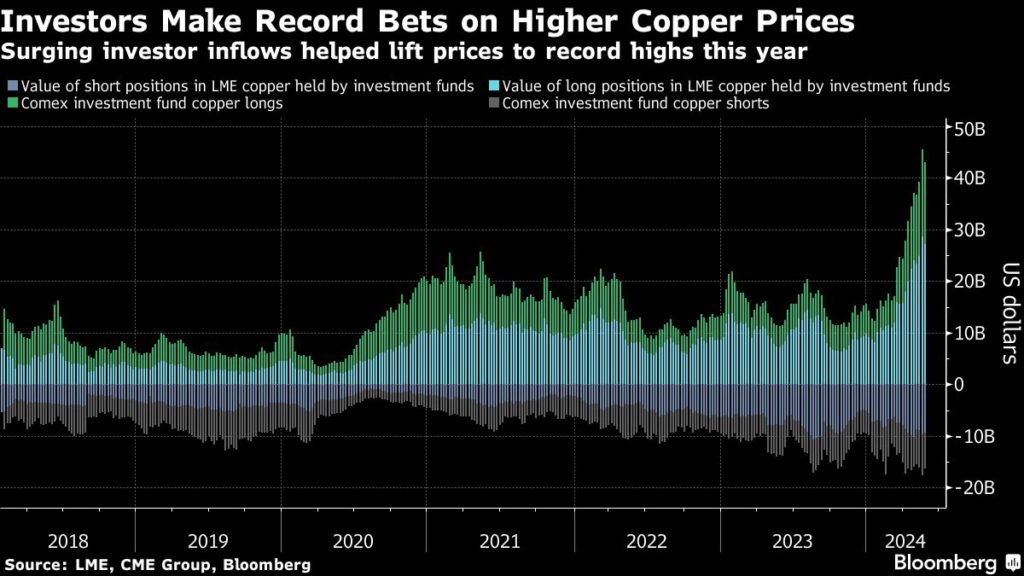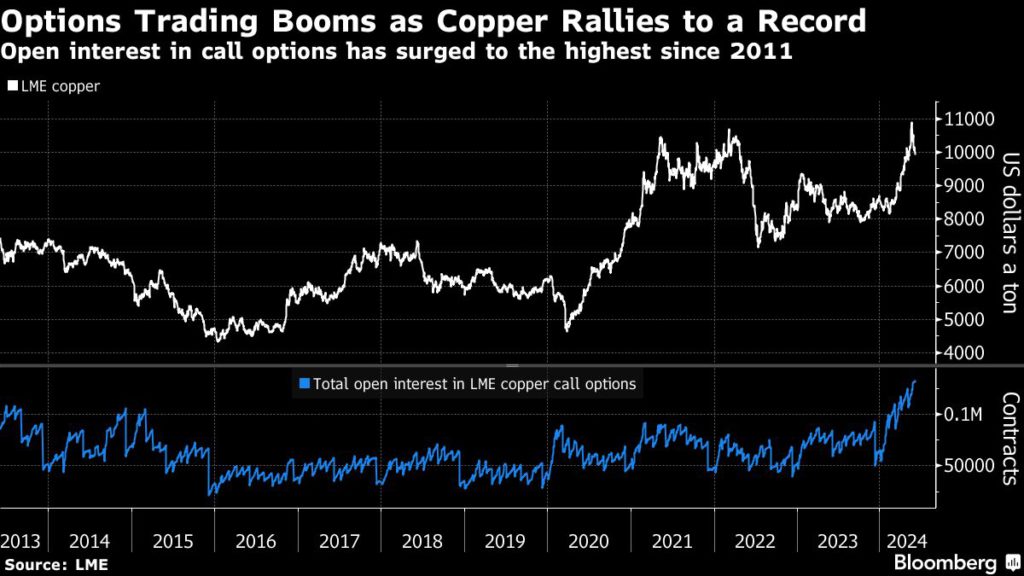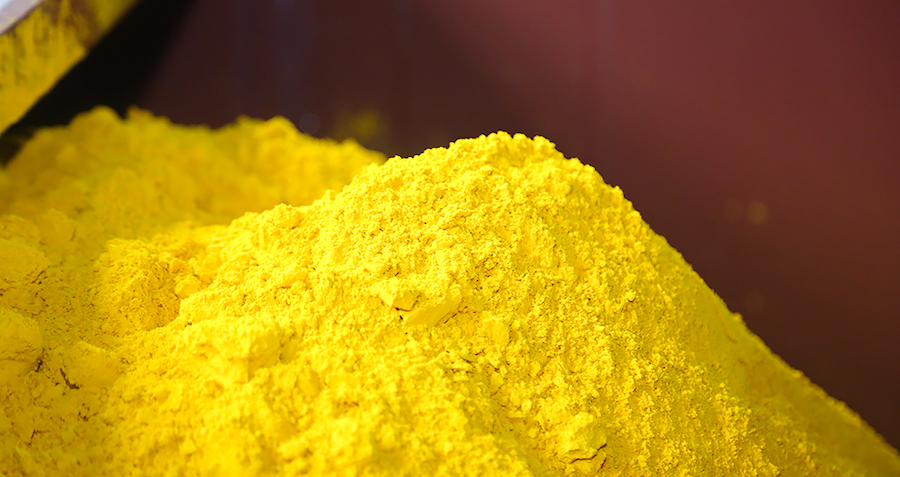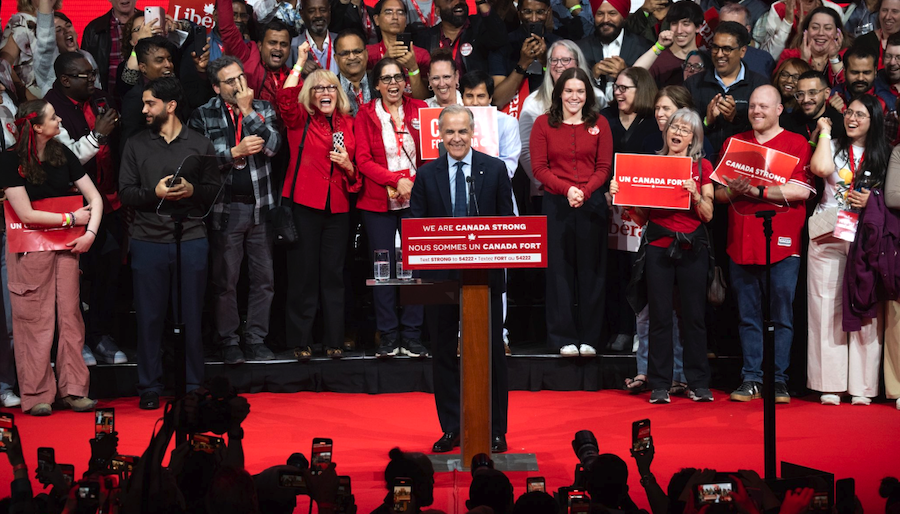Hedge funds Andurand and Rokos took big copper bets before spike

Rokos Capital Management and Andurand Capital Management have been prominent among hedge funds piling into the copper market, with bold bets on dramatically higher prices that have already delivered early wins.
Copper surged to a record above $11,100 a ton last month, driven by a wave of speculative money that many in the industry warned was running ahead of market realities. Futures have since dropped 10% from the peak. But Rokos and Andurand, which have attracted attention with their sizable positions going into the rally, are betting on much sharper gains to come.
Rokos has made a flurry of options purchases in the past several months in a bet that copper could rally to $20,000 or more over the next few years, according to people familiar with the matter. At Andurand, copper was the biggest position by market exposure at the end of April, and the trader has recently predicted that prices could hit $40,000. Those targets are well beyond the forecasts of even the most bullish Wall Street banks.
The trades are part of a broader deluge of investment into the copper market, with the value of long positions held by fund managers in London and New York futures tripling this year to hit $45 billion in mid-May, blowing past previous records in exchange data going back to 2018.
The influx of new money into copper has bemused some industry insiders, who point to weak demand in China and a well-supplied metal market. However, a series of mine setbacks in recent months has helped spur increasingly bullish investment bank forecasts suggesting that a long-predicted global shortage may arrive earlier than expected. The investment thesis for copper — that demand is expected to surge thanks to energy-transition demand — has also received a boost from recent excitement around artificial intelligence and data centers.
While the long-term positions in options markets could prove worthless if the rally fails to materialize, Andurand and Rokos have already notched up wins on the back of this year’s surge.

Andurand’s main commodities funds were up between 13% and 30% in April, thanks largely to the firm’s copper positions, it said in a letter to investors last week.
“We believe that we are at the beginning of the copper bull-market and that the recent move higher in prices is just the start,” Andurand wrote. “Copper faces a decade-long supply deficit driven by the confluence of increasing demand due to the energy transition and persistent underinvestment in mine expansion.”
Rokos has also made substantial mark-to-market gains on its copper positions this year, having bought out-of-the-money options contracts cheaply before prices took off, people familiar with the matter said. It captured profits on some of its positions as copper rallied, and has re-established its exposure to higher prices in later-dated contracts.
Rokos would stand to make several hundred million dollars if the bulk of the positions come into the money, and possibly more if the rally plays out in full.
Representatives for Rokos and Andurand both declined to comment.
Other funds have also been piling into copper. David Einhorn’s Greenlight Capital said in April that it had established a “medium-sized macro position to benefit from higher copper prices.”
“Our thesis now is that copper supply is about to fall short of demand, forcing prices substantially higher,” the firm said in a letter to investors. “We think the best way to invest in that thesis is the most direct way — in this case through options on copper futures.”
For months, the copper market has been caught in a tug of war between downbeat physical traders and investors with a much more bullish long-term view. Many funds struggled during a spell of choppy trading seen in 2023, but this year the balance of power has shifted, with some physical traders caught in a short squeeze when prices started to take off in New York.
To be sure, the recent slump in prices shows that long-term copper bulls are running into resistance, with manufacturers deferring purchases and switching to alternative materials, smelters delivering surplus metal to exchanges, and some shorter-term investors either taking profits on long positions or chasing prices lower with new bearish bets.

Trafigura — the world’s top copper trader and for years one of the market’s most vocal bulls — said on Thursday that the rally wasn’t justified based on fundamental supply-and-demand conditions. However, the company predicted the market would tighten as a result of supply constraints.
“Some people who are very fundamentally oriented are looking at the rally and saying that they can’t make sense of it,” Jay Tatum, founder and portfolio manager at Valent Asset Management, said by phone from New York. “I think we may just be in a new regime now, where the amount of money chasing these materials is expanding at a pace that can offset the sector-specific weakness.”
Despite the weak conditions in China’s spot market, copper bulls argue that the market will tighten as global industrial activity starts to recover, central banks pivot to looser monetary policy, mining companies struggle to boost production, and usage starts to surge in fast-growing sectors including electric vehicles, renewables, and the booming data-center industry.
While some of those factors have been lending support to prices for years, the recent surge in AI stocks has left traders and analysts trying to work out how much copper the burgeoning industry might need to transmit the vast amounts of power it looks set to consume.
The forecasts vary widely. But across the board there’s a strong consensus that the copper market is likely to tilt into a steep deficit in the next few years.
“For me, the data-center theme is just one piece out of several, but of course it’s coming on top of an already struggling supply-and-demand picture,” said Frederik Fischer, who manages a $650 million broad-based commodities fund at Allianz Global Investors that’s grown by about 70% since March. “The medium-to-long term drivers for copper remain in place.”
(By Mark Burton and Nishant Kumar)
More News
{{ commodity.name }}
{{ post.title }}
{{ post.date }}



Comments